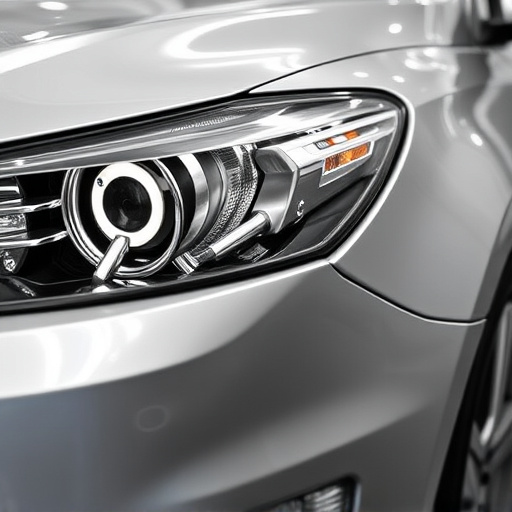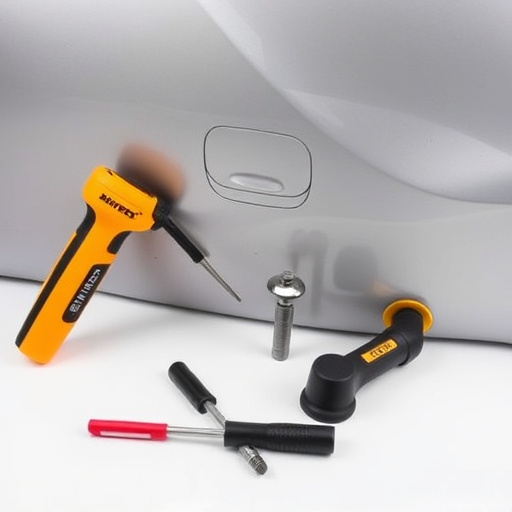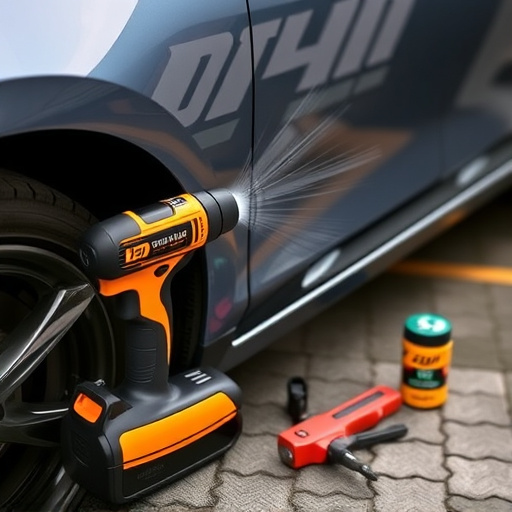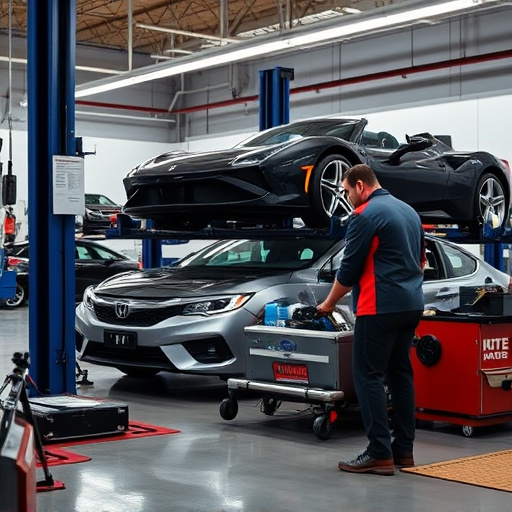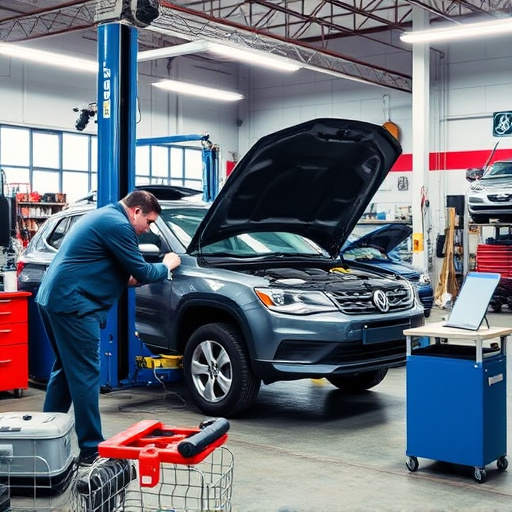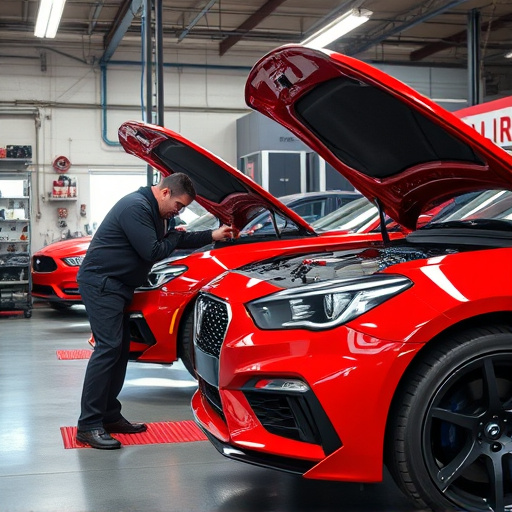Unsecure coding during Mercedes MBUX system replacements poses significant risks, potentially enabling cyberattacks that could compromise driver safety and access sensitive data. Vulnerabilities may extend to critical vehicle systems like brakes, steering, and airbags. Collision centers must prioritize robust security practices—including encrypted communication, secure storage, access controls, regular code reviews, and penetration testing—throughout the replacement process to protect both vehicles and occupants' data.
The Mercedes MBUX (Mercedes-Benz User Experience) system, a cutting-edge infotainment platform, has revolutionized in-car experiences. However, as with any digital system, it faces security challenges. This article delves into the crucial aspect of secure coding during Mercedes MBUX system replacement. With increasing connectivity and data integration, understanding potential vulnerabilities is essential. We explore how unsecure coding can impact this process and provide best practices to ensure a seamless, safe replacement, emphasizing the importance of secure coding in modern automotive technology.
- Understanding Mercedes MBUX System and Its Vulnerabilities
- The Impact of Unsecure Coding on MBUX Replacement
- Best Practices for Secure Coding in MBUX System Replacement
Understanding Mercedes MBUX System and Its Vulnerabilities

The Mercedes MBUX (Mercedes-Benz User Experience) system is a sophisticated in-car infotainment and driver assistance platform that has revolutionized the automotive experience. This advanced technology integrates seamlessly with various car functions, from navigation and entertainment to vehicle diagnostics and safety features. However, as the MBUX system becomes more integrated into modern cars, understanding its potential vulnerabilities is crucial.
The MBUX system’s openness to third-party app integration, while enhancing functionality, introduces security risks. Malicious apps or coding errors could exploit weaknesses in the system’s software, compromising sensitive data and vehicle control. Issues like unauthorized access, data breaches, or even remote control of the vehicle highlight the importance of secure coding practices during MBUX replacements. Car body shops offering these services must be vigilant to ensure customer safety and protect against such vulnerabilities.
The Impact of Unsecure Coding on MBUX Replacement
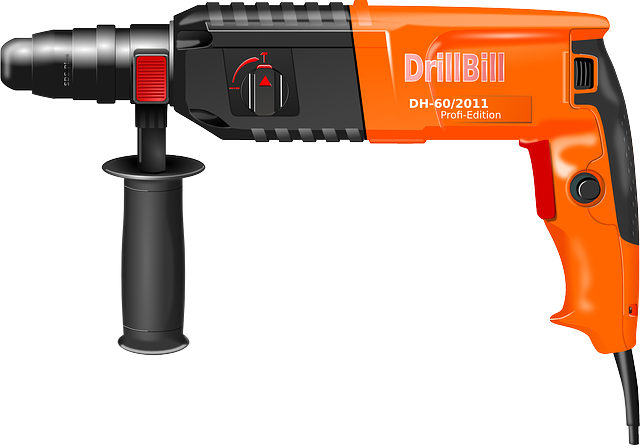
Unsecure coding practices when carrying out a Mercedes MBUX system replacement can have severe consequences. The MBUX is a sophisticated in-car infotainment and driver assistance system, relying on intricate software to function properly. If the code is not written and implemented securely, it leaves the vehicle vulnerable to cyberattacks. Malicious actors could exploit these weaknesses to access sensitive data, disrupt navigation or even take control of safety features, posing significant risks to the driver and passengers.
Such vulnerabilities might also enable unauthorized access to personal information stored in the system, such as contact lists, call history, or preferences. Moreover, an insecure MBUX replacement can compromise the overall integrity of the vehicle’s network, potentially affecting other critical systems like brakes, steering, or airbag deployment mechanisms via a connected interface, which is a concern for any collision center or auto body repair shop undertaking such work.
Best Practices for Secure Coding in MBUX System Replacement

When undertaking a Mercedes MBUX system replacement, adhering to best practices for secure coding is paramount. This involves implementing robust security measures from the outset, such as using encrypted communication protocols and secure data storage solutions. Developers should also incorporate access controls and authentication mechanisms to prevent unauthorized access to sensitive vehicle systems. Regular code reviews and penetration testing are crucial steps to identify vulnerabilities early in the development cycle.
Additionally, it’s essential to maintain a thorough understanding of the car bodywork and vehicle repair processes involved. Integrating security considerations into each stage of the MBUX system replacement ensures that potential entry points for cyber threats are minimized. A vehicle body shop or garage conducting these replacements should prioritize secure coding practices to safeguard against malicious attacks, ensuring the safety and integrity of both the vehicle’s systems and its occupants’ data.
When undertaking a Mercedes MBUX system replacement, secure coding practices are paramount. The potential consequences of insecure coding are significant, ranging from data breaches to system compromises. By adhering to best practices, such as employing robust encryption, implementing strict access controls, and regularly updating security protocols, users can ensure the integrity and privacy of their vehicles. A secure MBUX replacement not only safeguards sensitive information but also builds trust in the vehicle’s technological capabilities, enhancing the overall driving experience.

